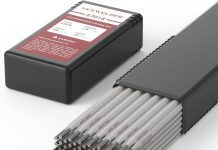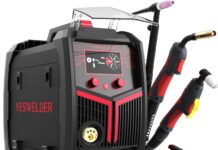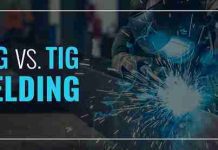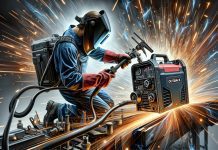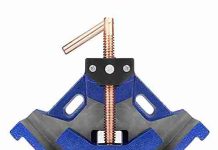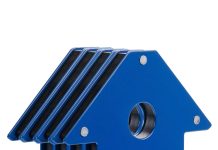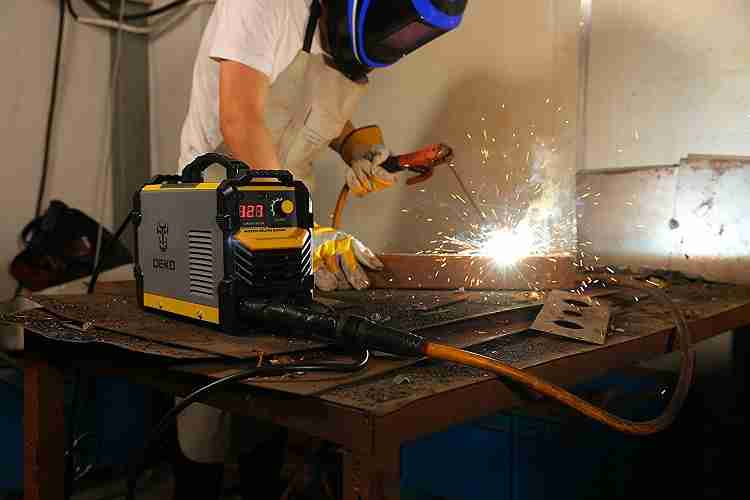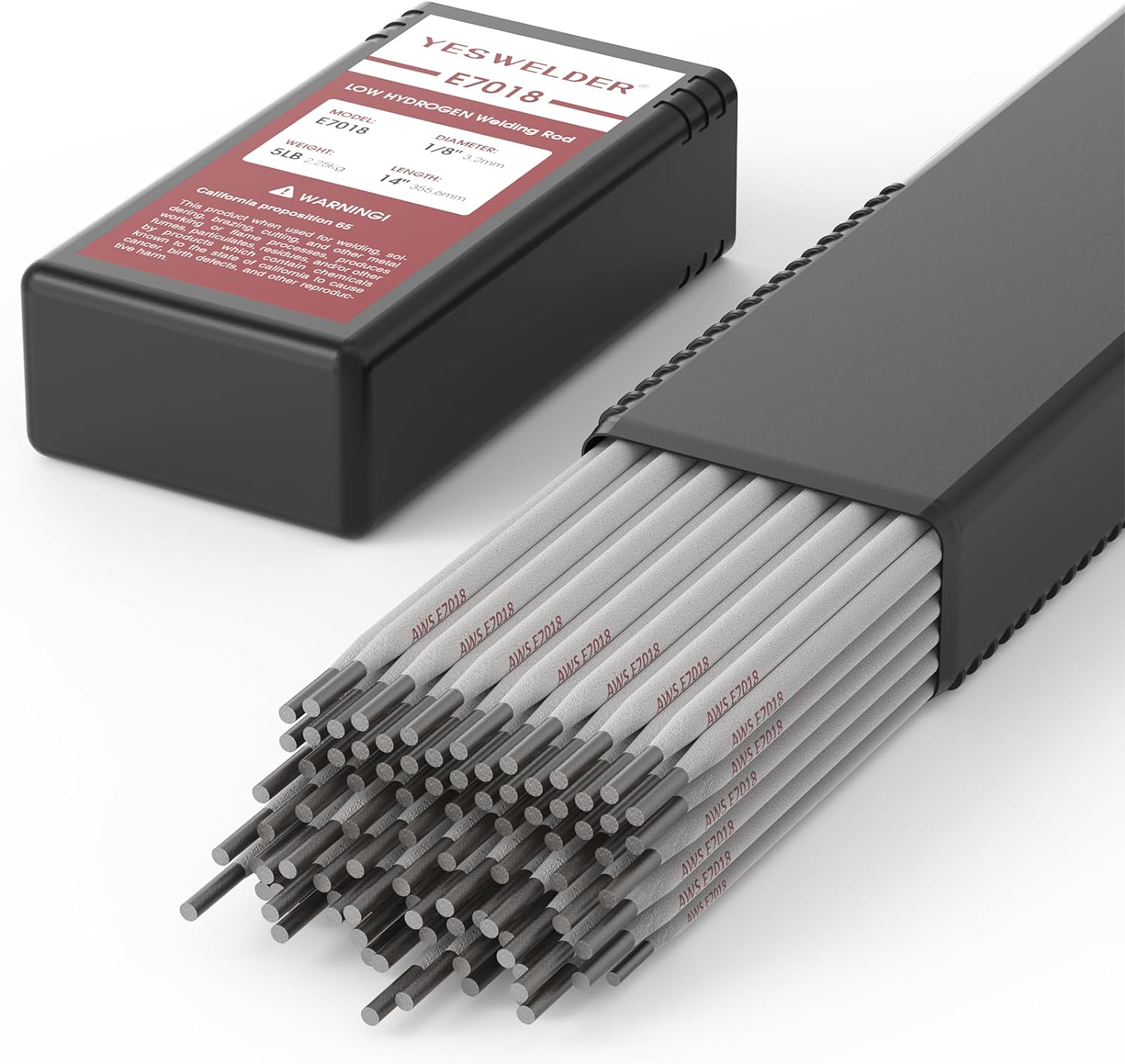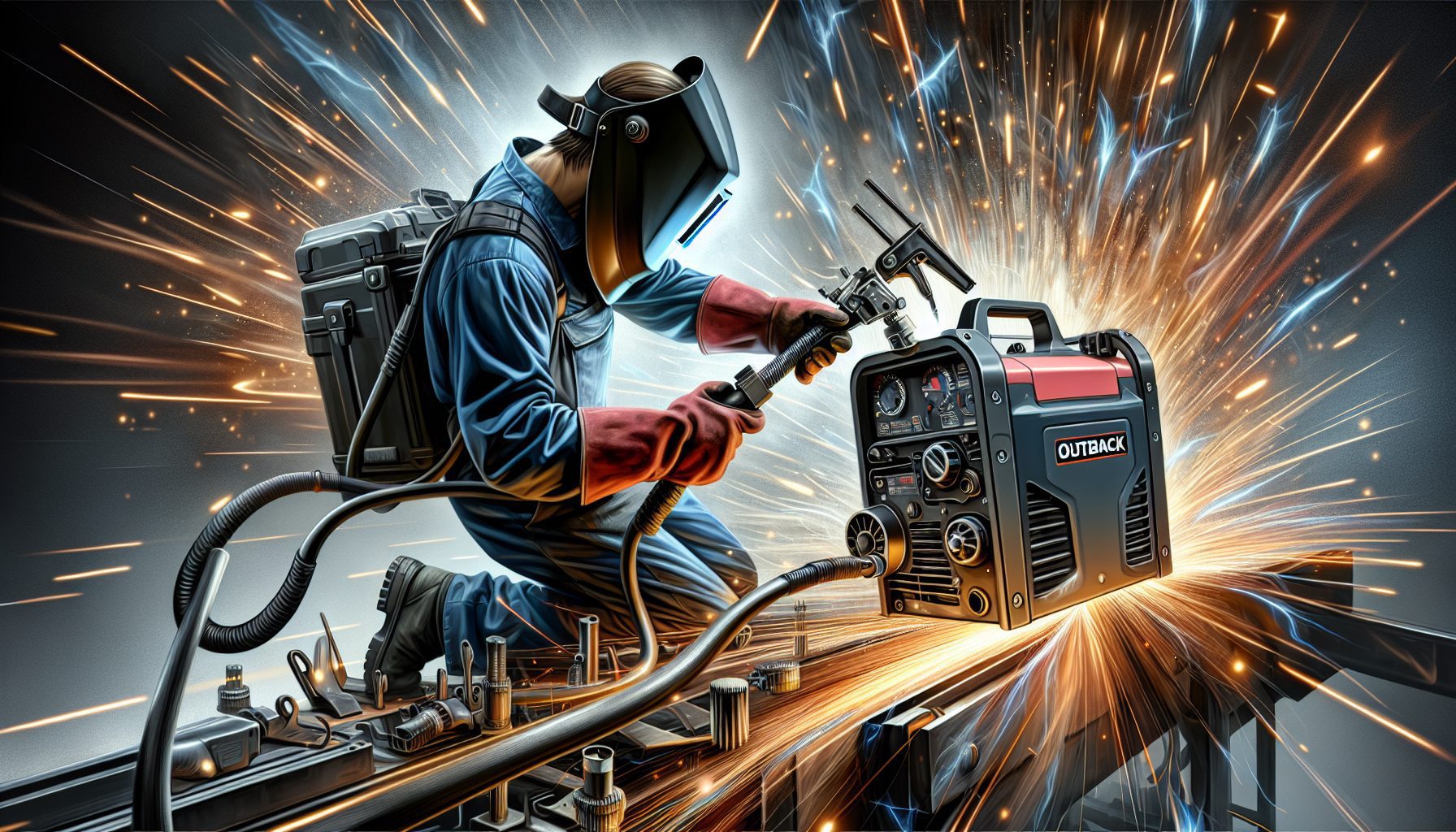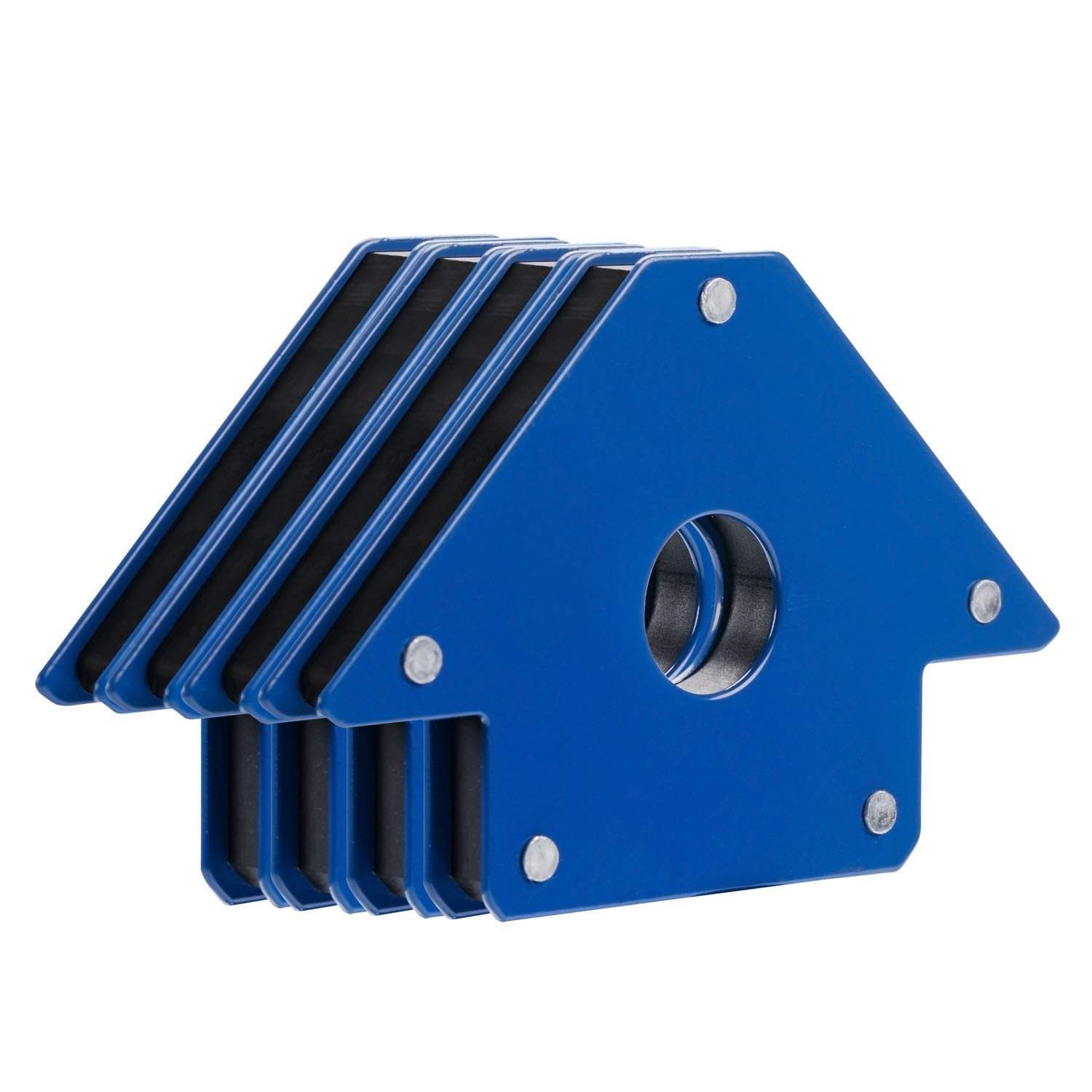In the world of welding, there is an often overlooked yet crucial element that determines the success of a weld: electrode angle. Many may not realize it, but the angle at which the electrode is positioned has a significant impact on the stability, appearance, and strength of the weld. Whether it’s a flat, horizontal, vertical, or overhead weld, mastering the correct electrode angle can make all the difference in producing high-quality, durable welds. Join us as we explore the fascinating role that electrode angle plays in the art of welding.
Understanding Electrode Angle
Definition of Electrode Angle
Electrode angle refers to the position at which the welding electrode is held in relation to the workpiece during welding. It is the angle between the electrode and the work surface. The electrode angle directly affects the welding process, as it determines the penetration, weld bead shape and size, and arc stability.
Importance of Electrode Angle in Welding
The electrode angle plays a crucial role in the quality and integrity of the weld. It affects various aspects of the welding process, including penetration, weld bead appearance, and overall weld quality. By understanding and carefully controlling the electrode angle, welders can achieve optimal results and ensure a strong and visually pleasing weld.
Effects of Electrode Angle on Weld Quality
Penetration
One of the primary effects of electrode angle is its impact on penetration. The angle affects the amount of heat directed into the workpiece, controlling the depth to which the weld penetrates. A steeper electrode angle, such as a more oblique angle, will result in deeper penetration. On the other hand, a shallower electrode angle will produce a wider but shallower weld.
Weld Bead Shape and Size
The electrode angle also influences the shape and size of the weld bead. A smaller electrode angle, closer to perpendicular to the workpiece, will result in a narrower and taller weld bead. Conversely, a larger electrode angle will create a wider and flatter weld bead. The appropriate electrode angle depends on the desired appearance and structural requirements of the weld.
Arc Stability
Maintaining proper arc stability is critical in welding. The electrode angle plays a role in achieving and maintaining a stable arc. A consistent electrode angle ensures a stable electrical current flow and prevents arc fluctuations or “wandering.” By controlling the electrode angle, welders can maintain consistent arc stability throughout the welding process.
Determining the Correct Electrode Angle
Material Thickness
The thickness of the material being welded is an essential factor in determining the correct electrode angle. Thicker materials generally require a more oblique electrode angle to ensure adequate penetration. Thinner materials, on the other hand, can be welded with a shallower electrode angle to prevent excessive penetration and burn-through.
Electrode Diameter
The diameter of the welding electrode also influences the optimal electrode angle. Larger diameter electrodes typically require a slightly larger electrode angle to accommodate their size. Smaller diameter electrodes can often be used with a shallower electrode angle to achieve sufficient penetration.
Joint Type
The type of joint being welded also affects the electrode angle selection. For butt joints, the electrode angle is typically perpendicular to the joint line. However, for fillet welds, the electrode angle may need to be adjusted to ensure proper fusion and fillet shape. Welders must adapt the electrode angle based on the joint configuration to achieve optimal results.
Welding Position
The welding position, whether it is flat, vertical, horizontal, or overhead, has a significant impact on the electrode angle. The electrode angle must be adjusted to accommodate the position and ensure proper penetration, bead appearance, and arc stability. Welders must be familiar with the appropriate electrode angles for each welding position to produce high-quality welds.
Different Types of Electrode Angles
Flat Electrode Angle
The flat electrode angle, also known as perpendicular electrode angle, is when the electrode is held at a 90-degree angle to the work surface. It is commonly used for butt joints and provides excellent penetration. However, the flat electrode angle may result in a wider weld bead and increased heat input.
Vertical Electrode Angle
The vertical electrode angle refers to the electrode being held at a 45-degree angle to the work surface. It is commonly used in vertical and overhead welding positions. The angled electrode allows for better control and penetration, especially when welding vertically. It helps build a taller and narrower weld bead, but may also require more skill to maintain a stable arc.
Horizontal Electrode Angle
The horizontal electrode angle involves holding the electrode at a 0 to 15-degree angle to the workpiece. It is commonly used for horizontal fillet welds. The horizontal electrode angle allows for good sidewall fusion and a broader weld bead. It is essential to maintain arc stability and avoid excessive heat input when using a horizontal electrode angle.
Overhead Electrode Angle
The overhead electrode angle is used for welding in the overhead position. It involves holding the electrode at a 0 to 15-degree angle. The angled electrode allows for good penetration and ensures proper fusion. Care must be taken to adapt to the challenging welding position and maintain a stable arc.
Common Mistakes and Their Impact on Welding
Incorrect Electrode Angle
Using an incorrect electrode angle can have a detrimental effect on the weld quality. If the electrode angle is too steep, it can cause excessive penetration, leading to burn-through or lack of sidewall fusion. On the other hand, if the electrode angle is too shallow, it can result in inadequate penetration and lack of fusion. Achieving the correct electrode angle is crucial to maintaining the structural integrity of the weld.
Uneven Electrode Angles
Inconsistent or uneven electrode angles during welding can result in an uneven weld bead shape and inadequate fusion. It is important to maintain a consistent electrode angle throughout the welding process to ensure uniform weld quality. Uneven electrode angles can cause variations in penetration and bead appearance, leading to weaker welds.
Extreme Electrode Angles
Using extreme electrode angles, either excessively steep or shallow, can lead to poor weld quality. Excessive steep angles can cause excessive penetration or burn-through, while excessively shallow angles can result in lack of fusion and weak welds. It is essential to find the appropriate balance and avoid extreme electrode angles for optimal results.
Inconsistent Angle Maintenance
Failing to maintain a consistent electrode angle can lead to inconsistent weld quality. Fluctuations in the electrode angle during welding can result in variations in penetration depth, bead shape, and fusion. Welders must practice and develop their technique to ensure consistent electrode angle maintenance throughout the welding process.
Key Considerations for Electrode Angle
Controlling Arc Length
Properly controlling the arc length is crucial when considering electrode angle. Arc length refers to the distance between the tip of the electrode and the workpiece. By maintaining a consistent electrode angle, welders can control the arc length, ensuring stable and controlled heat input. An uncontrolled or excessive arc length can negatively impact penetration and weld quality.
Avoiding Electrode Sticking
Sticking occurs when the electrode fuses to the workpiece instead of creating a weld. Proper electrode angle helps prevent sticking by allowing the arc to remain stable and preventing the electrode from becoming embedded in the workpiece. Having the correct angle and a steady hand can help avoid electrode sticking and improve overall welding efficiency.
Balancing Penetration and Bead Appearance
Choosing the appropriate electrode angle allows welders to strike a balance between penetration and bead appearance. By adjusting the electrode angle, welders can achieve the desired level of penetration while maintaining a visually appealing weld bead. Understanding the materials being welded, project requirements, and joint configurations will aid in finding the optimal balance between penetration and bead appearance.
Techniques for Manipulating Electrode Angle
Drag Technique
The drag technique involves welding with the electrode angled in the direction of travel. It is commonly used for flat or horizontal welding positions. By dragging the electrode along the weld joint, welders can maintain a consistent electrode angle and achieve a stable arc. The drag technique is effective in controlling penetration and bead appearance.
Weaving Technique
The weaving technique involves moving the electrode in a side-to-side motion while maintaining the desired electrode angle. It is commonly used for fillet welds and can be effective in distributing heat evenly and ensuring proper fusion. By controlling the weaving motion and angle, welders can achieve uniform bead appearance and fusion along the entire weld joint.
Circular Technique
The circular technique involves moving the electrode in a circular or semi-circular motion while maintaining the desired electrode angle. It is often used for joint configurations that require a broader bead width. The circular motion helps distribute heat more evenly and achieve adequate fusion. This technique requires skill and practice to maintain a stable arc and consistent electrode angle.
Training and Practice for Electrode Angle
Importance of Proper Training
Proper training is essential for mastering electrode angle techniques. Understanding the principles, techniques, and effects of electrode angle on weld quality is crucial for welders. Through specialized training programs and hands-on practice, welders can develop the skills and knowledge necessary to achieve consistent and high-quality welds.
Practice Exercises
Performing practice exercises can greatly enhance a welder’s ability to manipulate electrode angles effectively. These exercises can involve welding on various joint configurations, material thicknesses, and welding positions. By repeatedly practicing electrode angle adjustments, welders can gain confidence and proficiency in achieving desired weld penetration and appearance.
Reviewing Welding Results
Regularly reviewing welding results is essential for welders to evaluate their electrode angle techniques. Visual inspection and non-destructive testing methods can help identify any inconsistencies or areas for improvement in terms of electrode angle control. Analyzing the weld results allows welders to make necessary adjustments and continually improve their electrode angle manipulation skills.
Electrode Angle and Different Welding Processes
Shielded Metal Arc Welding (SMAW)
In Shielded Metal Arc Welding (SMAW) or “stick welding,” electrode angle plays a vital role in achieving proper penetration and controlling the weld bead. The appropriate electrode angle depends on the materials being welded, joint configuration, and welding position. By carefully selecting and maintaining the correct electrode angle, SMAW welders can produce welds with good fusion and consistent quality.
Gas Metal Arc Welding (GMAW)
Gas Metal Arc Welding (GMAW) or “MIG welding” typically requires a different approach to electrode angle compared to SMAW. With GMAW, the electrode angle is often slightly angled away from the direction of travel. This technique helps direct the shielding gas and protects the molten weld pool effectively. The proper electrode angle in GMAW will depend on factors such as welding wire diameter and joint configuration.
Flux-Cored Arc Welding (FCAW)
Flux-Cored Arc Welding (FCAW) combines elements of both SMAW and GMAW. The electrode angle in FCAW can vary depending on the specific flux-cored wire being used, but generally, a slight drag technique is commonly employed. FCAW welders must consider the electrode angle in conjunction with other process variables to achieve the desired penetration and weld bead shape.
Tungsten Inert Gas Welding (TIG)
In Tungsten Inert Gas (TIG) welding, the electrode angle is critical for precision and control. TIG welders typically maintain a consistent perpendicular electrode angle for butt joints, allowing for precise control of penetration and weld bead appearance. For fillet welds, the electrode angle may be adjusted to accommodate the joint configuration and achieve proper fusion.
Advancements in Electrode Angle Technology
Automatic Angle Adjustments
Advancements in welding technology have brought about automatic angle adjustment features in some welding machines. These systems use sensors to monitor and adjust the electrode angle during welding automatically. By continuously adapting the electrode angle, these systems help maintain consistent penetration, bead appearance, and arc stability without requiring manual adjustment by the welder.
Robotic Welding Systems
Robotic welding systems have also contributed to advancements in electrode angle technology. These systems utilize precise robotic arms to manipulate the electrode angle with accuracy and repeatability. By programming specific electrode angles and welding parameters, robotic welding systems ensure consistent and efficient weld quality across various welding applications.
In conclusion, electrode angle plays a significant role in welding, affecting penetration, weld bead shape and size, and arc stability. Determining the correct electrode angle involves considering factors such as material thickness, electrode diameter, joint type, and welding position. Proper electrode angle control is essential to achieving high-quality welds, and techniques such as the drag, weaving, and circular motions can be employed. Training, practice exercises, and reviewing welding results are crucial for developing electrode angle manipulation skills. Electrode angle considerations vary across different welding processes, including SMAW, GMAW, FCAW, and TIG. Advancements in electrode angle technology, such as automatic angle adjustments and robotic welding systems, contribute to improved weld quality and efficiency. By understanding electrode angle and its impact, welders can produce strong, visually pleasing welds.



